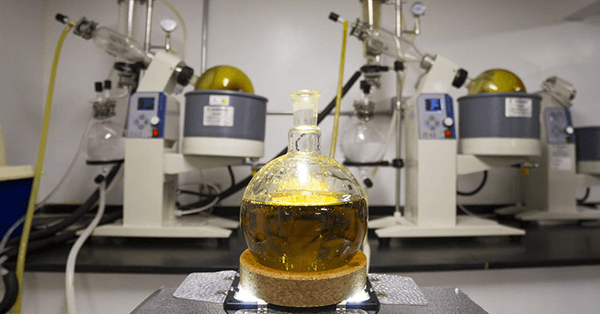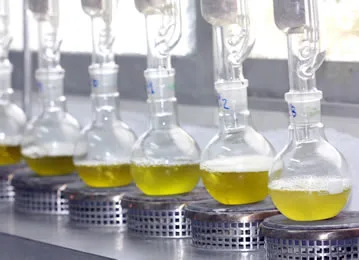

The Different Extraction Methods of CBD Oil: Quality, Process, and Considerations
The extraction method of CBD oil plays a crucial role in determining the quality, purity, and effectiveness of the final product. Various extraction techniques are used to isolate CBD and other beneficial compounds from the hemp plant.
Top 3 CBD Extraction Methods
Let’s explore the three main CBD extraction methods. Each method has its advantages and considerations, impacting the overall quality of the CBD oil produced.
1. CO2 Extraction
Process: CO2 extraction is considered one of the cleanest and most efficient methods. It involves using pressurized carbon dioxide to extract CBD and other cannabinoids from the hemp plant. The process involves three stages: subcritical, supercritical, and winterization.
Advantages: This method yields a high-quality extract, preserving the full spectrum of cannabinoids, terpenes, and flavonoids. It’s non-toxic, leaving no residual solvents, and allows for precise control over the extraction process, producing pure CBD oil.
Considerations: CO2 extraction requires specialized equipment and expertise, making it a more expensive method compared to others. However, its efficiency and high-quality output often justify the cost.
2. Ethanol Extraction
Process: Ethanol extraction involves soaking the hemp plant in high-grade ethanol to extract cannabinoids and other compounds. The solution is then filtered and distilled to remove impurities, leaving behind a concentrated extract.
Advantages: Ethanol extraction is a relatively simple and cost-effective method. It efficiently extracts cannabinoids and preserves the plant’s compounds. It’s considered safe and is widely used in the pharmaceutical and food industries.
Considerations: Despite its efficiency, ethanol can also extract chlorophyll, which may affect the taste and color of the final product. Careful post-extraction processing is necessary to remove any residual ethanol.
3. Hydrocarbon Extraction
Process: Hydrocarbon extraction involves using hydrocarbons like butane, propane, or hexane to extract cannabinoids from the hemp plant. The solvent is passed through the plant material to strip away cannabinoids, and then the solvent is evaporated, leaving behind the extract.
Advantages: This method is efficient in extracting cannabinoids and terpenes. It’s relatively quick and can produce high yields of CBD.
Considerations: Hydrocarbon extraction requires careful post-extraction processing to remove any residual solvents completely. Safety is a concern due to the flammable nature of hydrocarbons, necessitating strict safety protocols.


Conclusion
Each extraction method has its strengths and considerations. While CO2 extraction is renowned for its high-quality output but is more expensive, ethanol extraction is cost-effective but requires extra steps for impurity removal. Hydrocarbon extraction is efficient but raises safety concerns.
When choosing CBD oil, consider products extracted using methods that prioritize safety, purity, and effectiveness. Ensure the product has undergone third-party testing to verify its quality, regardless of the extraction method used. Consulting with a healthcare professional before using CBD oil is advisable to ensure it aligns with individual health needs.
Editorial Guidelines: This article is informational and not a replacement for professional medical advice. Consulting a healthcare provider is recommended before beginning any new supplement regimen.


Cannapresso is an End-To-End CBD Solution provider, with Design, Filling and Co-Packing.